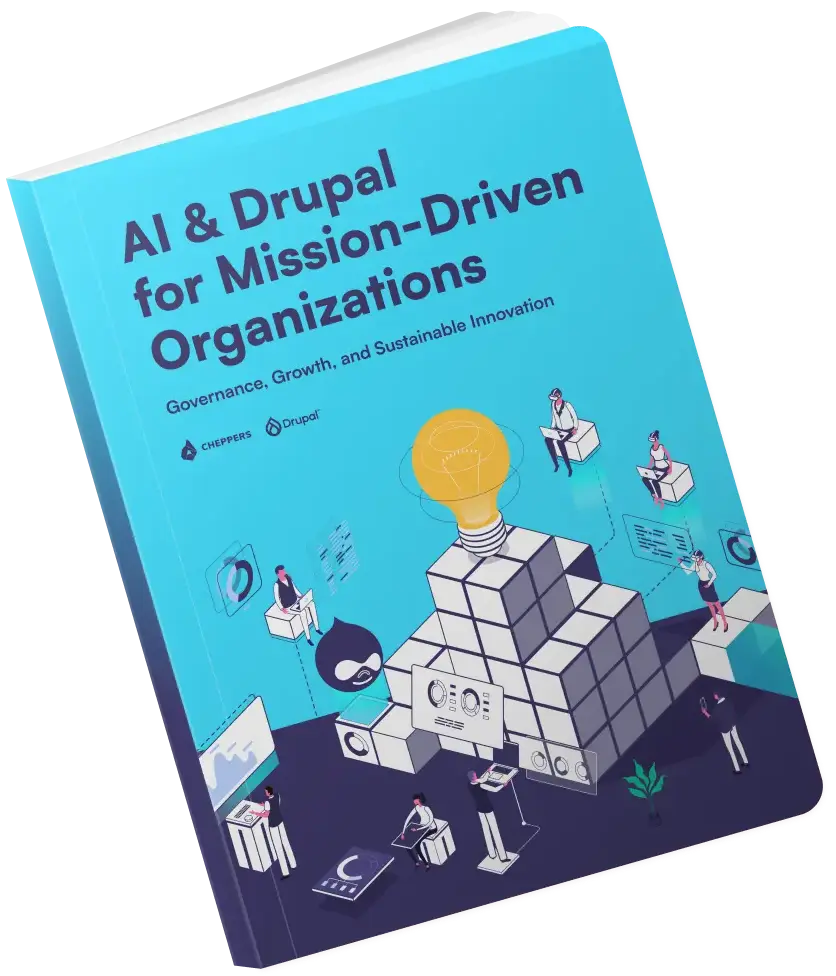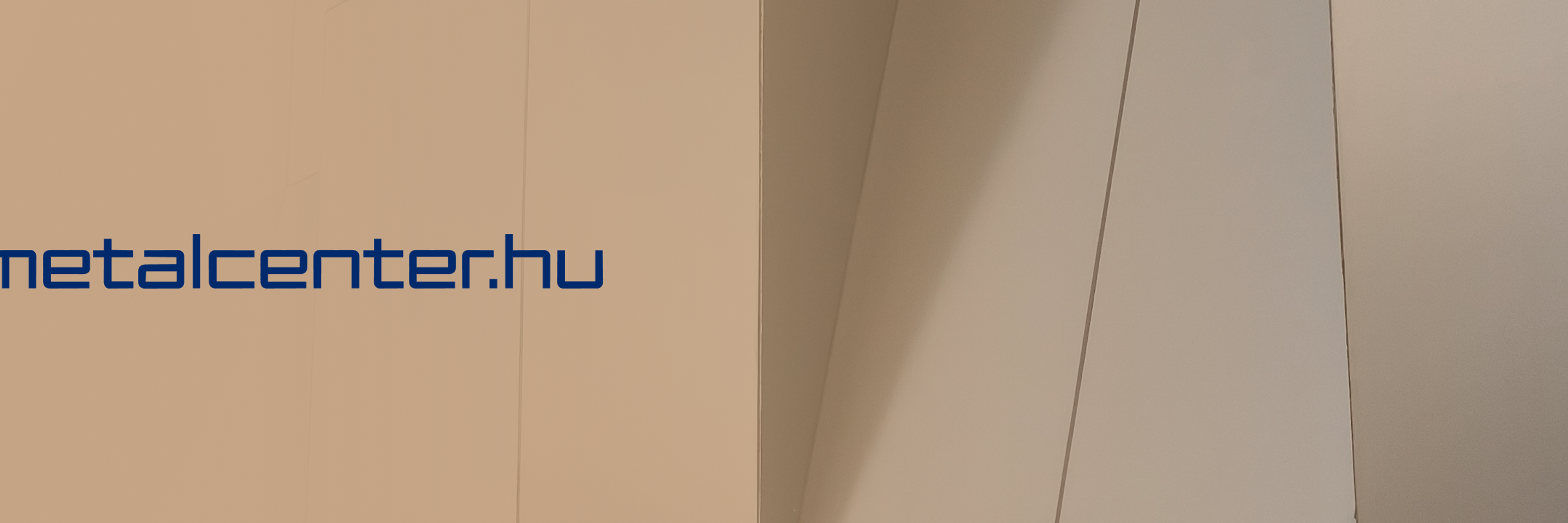

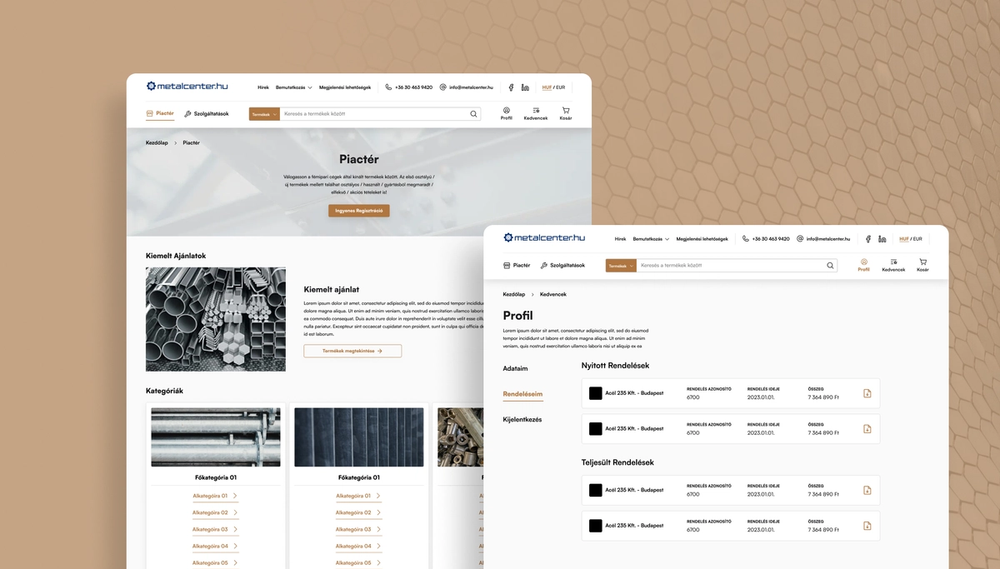
The Challenge
Metalcenter needed a scalable, user-friendly platform that mirrored the workflows of the traditional metal trade. The goal was to:
- Centralize product catalogs and supplier listings,
- Enable users to compare offers through a custom quote system,
- Modernize a highly relationship-driven sector,
- And support both buyers and suppliers in navigating an industry-specific procurement flow.
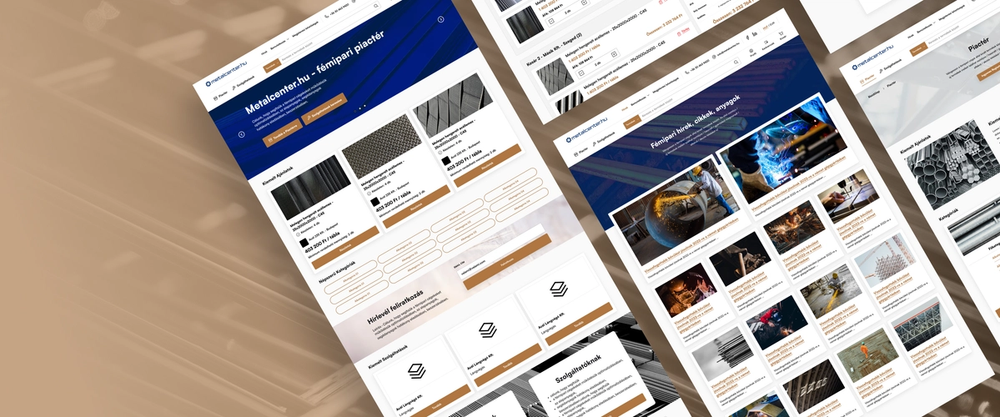
Our Solution
Chepperswas responsible for UX and UI design and worked in close collaboration with the Metalcenter team, leveraging their deep industry expertise. We applied an iterative design process, informed by interviews, testing, and continuous feedback.
The platform includes:
- Product Catalog: A structured, searchable inventory of materials.
- Company Directory: A supplier database that supports discovery and outreach.
- Custom Quote Requests: Users can send a single cart to multiple suppliers — improving transparency and competitiveness.
- Responsive, Industry-Tuned Interface: Mobile-friendly, easy to navigate, and designed around typical B2B workflows in the metal trade.
Our design ensured that complex operations felt intuitive, and that both buyers and suppliers could operate efficiently within the same ecosystem.
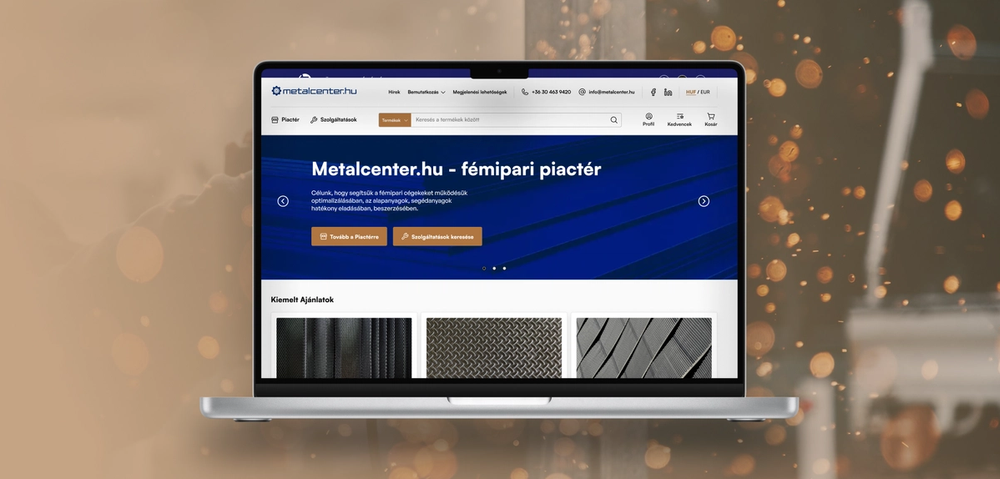
The Results
The new Metalcenter platform transformed a traditionally offline industry with a modern digital solution. Key outcomes:
- Procurement became faster and more transparent, thanks to multi-supplier quote requests.
- Supplier discovery improved, unlocking new business connections through the company directory.
- User adoption increased, driven by a modern, mobile-first interface and streamlined navigation.
Metalcenter now leads as a digital innovator in the B2B metal sector — combining traditional business models with new digital efficiencies. The project proves how sector-specific digital transformation can succeed when designed with domain knowledge at its core.
Share
Similar projects

Thanks to our deep experience with Drupal projects and a long-standing, successful partnership, United Way selected us as their dedicated Drupal solutions partner. Building on this trusted relationship, we launched a comprehensive project to modernize United Way Online — the organization’s global intranet and collaboration platform, used by hundreds of NGOs worldwide.
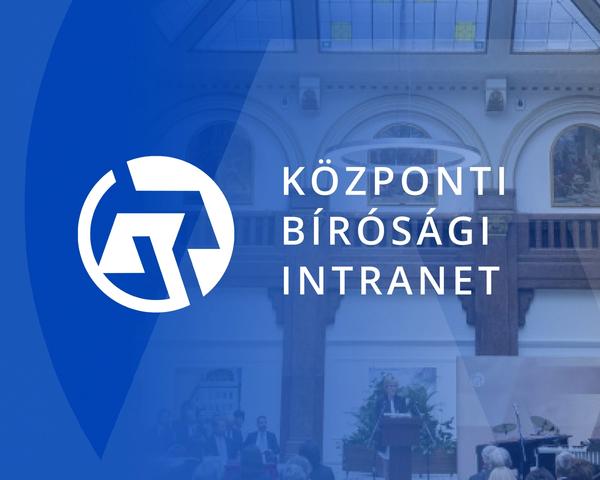
OBH KPIntra served as the Hungarian court system’s intranet for over a decade, built on Drupal 7. Over time, it had grown unwieldy, with 70+ content types, 60 user roles, 60 vocabularies, and a cluttered interface. As it became more complex, performance declined and usability suffered, making it hard for staff to find and use essential legal and administrative content.

